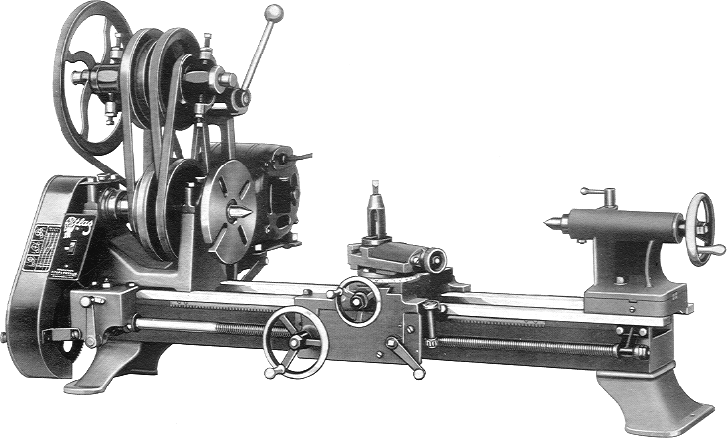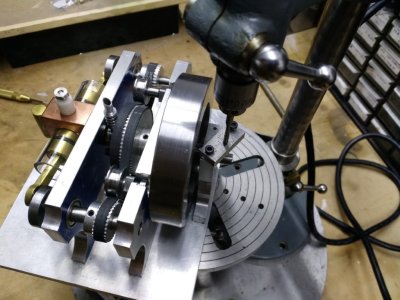Yeah but your drill press was already modified to handle light milling - most DP are not even close. It has a collar I was talking about and it has bearings to handle side loading. Essentially it is factory modified DP to handle light milling. One could say it was a grand father of a mill-drill.
Yes, I would say that's about right. It was never advertised for light milling, but it did work. I'm thinking you might have a hard time finding another one like it.
Interesting analogy. Especially since my next machine was a big bench top mill/drill. I say big because nobody is lifting that grandson without another two or three big guys.


